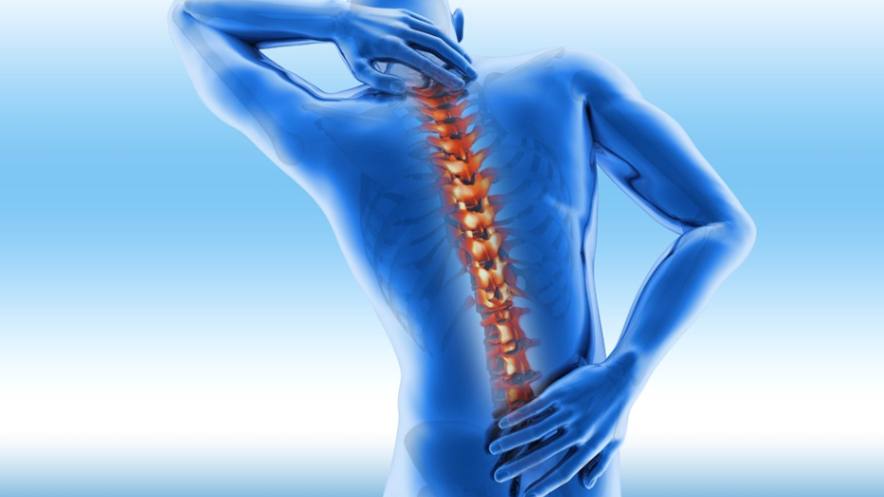The human spine is a complex structure responsible for supporting the body and protecting the spinal cord. Over time, spinal pressure can lead to various issues, such as chronic pain, loss of mobility, and even herniated discs. Although surgery is sometimes considered a treatment option, many patients and healthcare providers seek alternative methods to help alleviate spinal pressure. In this article, we will explore some ways to decompress the spine without resorting to surgical intervention.
Stretching and Yoga
Stretching is a simple yet effective way to decompress the spine. Consistent, gentle stretching can help elongate the spine and reduce pressure on the discs. Yoga offers a comprehensive approach to stretching that incorporates various poses aimed at not only spinal decompression but also improving flexibility, balance, and overall well-being. For example, poses like downward-facing dog, child’s pose, and cat-cow can provide relief to those experiencing spinal compression.
Inversion Therapy
Inversion therapy involves hanging upside down or at an angle to use gravity for spinal traction, thereby decompressing the spine. While inversion tables are the most common equipment for this therapy, there are other specialized equipment options, like the decompression chair, that are designed to provide targeted traction without putting harmful strain on the body.
Exercise and Core Strengthening
Regular exercise is essential for spinal health. It not only promotes circulation to transport vital nutrients to the spine but also strengthens the supporting muscles in the back and the abdominal area. A strong core is vital to maintain proper spinal alignment and avoid undue pressure on the discs. Exercises like planks, back extensions, and leg raises can help strengthen the core and prevent spinal compression.
Massage Therapy
Professional massage therapy can help promote relaxation in the muscles surrounding the spine, which can help decompress the spinal discs. Techniques such as myofascial release and deep tissue massage aim to break up adhesions and release tension, providing relief for those experiencing discomfort and pain due to spinal compression.
To Wrap Up
There are various non-surgical options for decompressing the spine. Each patient requires a unique approach to address their needs, and consulting with a healthcare professional is essential when considering alternative treatments. Discover the benefits of spinal decompression to chart the best path toward recovery and improved spinal health. If you are a healthcare professional, considering spinal decompression as part of a comprehensive treatment plan can be more beneficial for your patients in the long run. Thank you for reading!

